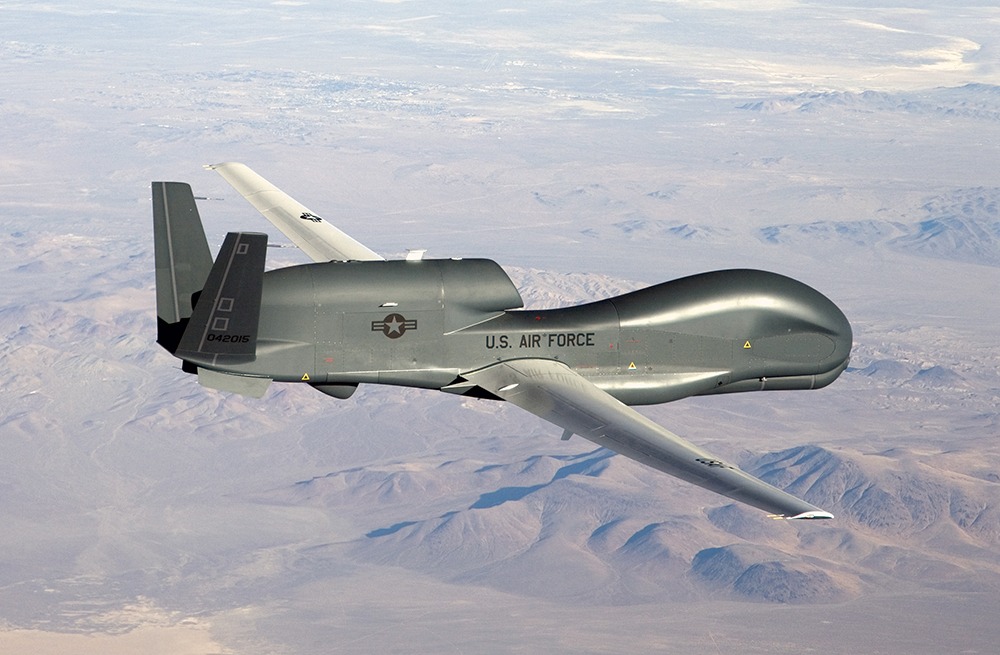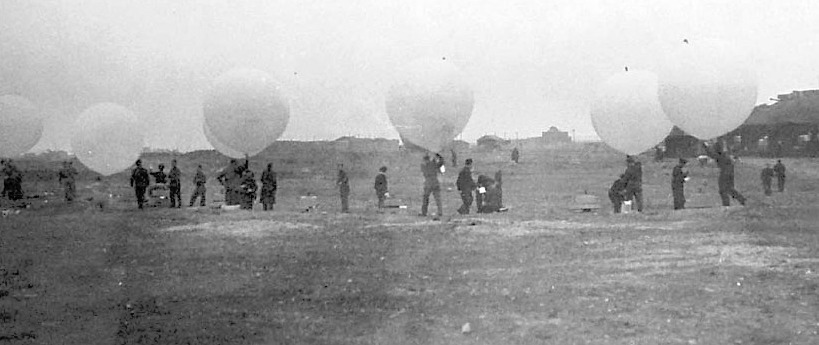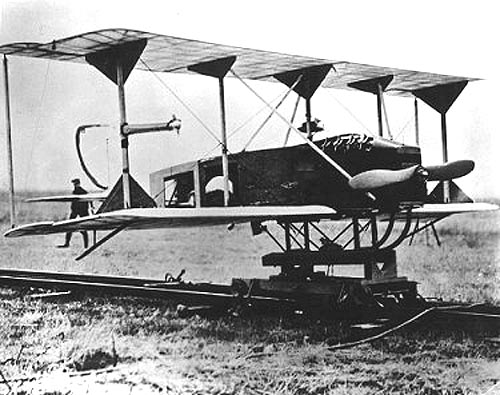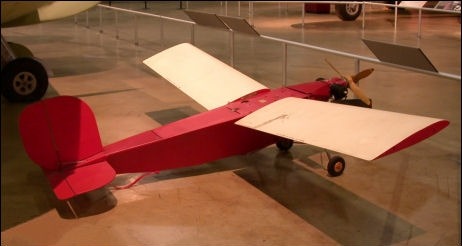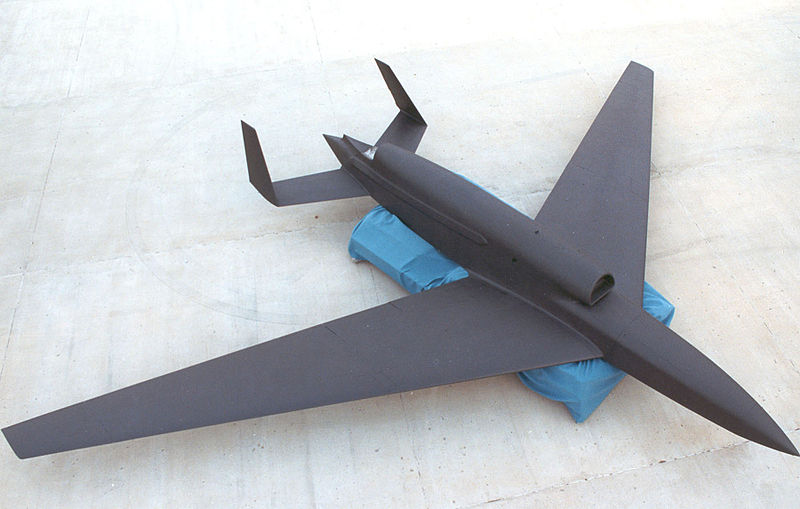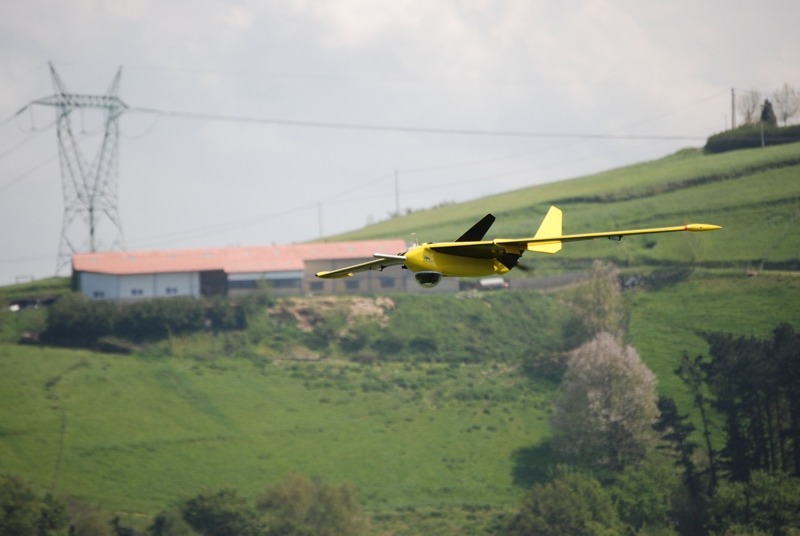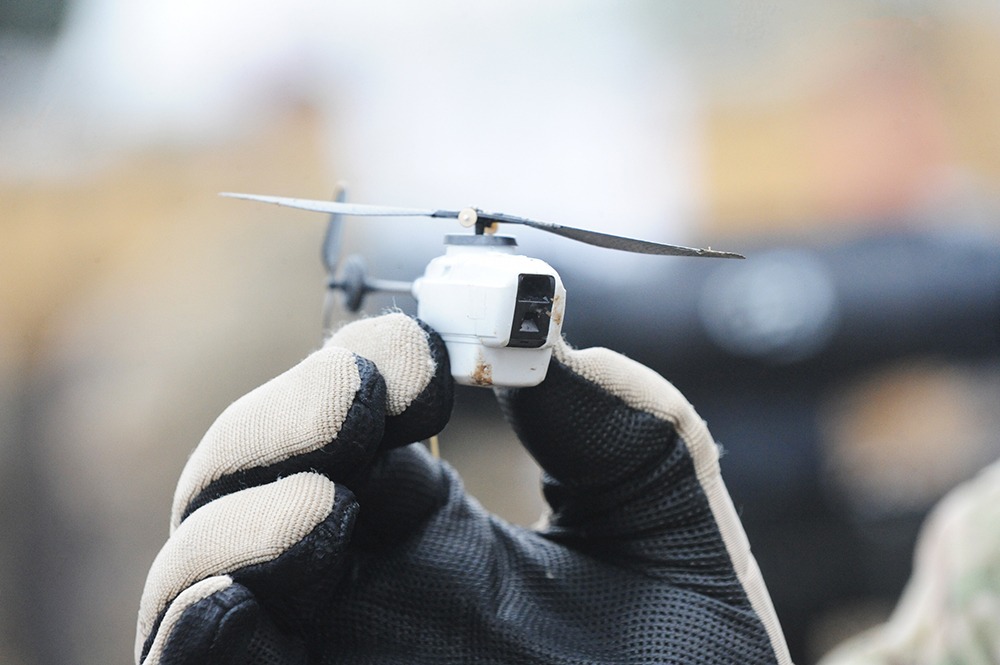The numerous wars and battles that have occurred throughout history resulted in countless human deaths. Most of those who died during these devastating events are soldiers who are willing to risk their lives for the protection of their country.
At present, soldiers are now able to serve their country without getting harmed or killed through the use of weapons and vehicles that can be controlled remotely. One of the most significant types of vehicles that don’t need human onboard to be used is the unmanned aerial vehicle (UAV), otherwise known as a drone.
History
The drone is commonly used for missions that can be too dangerous or too risky for a manned vehicle to do, like spying on enemy territory in the air or dropping bombs in a specific location using a single aircraft. There have been many different types of drones that have been developed and manufactured over the years. Through these variations, we can see how the drone has evolved from being an inconvenient vehicle to maneuver to one of the most used military vehicles in several countries in the world.
Here’s a history of how the drone came to be, as well as some of the notable models that are currently used in the military.
Hot Air Balloon Bombs
In 1849, the first use of an unmanned aerial vehicle was recorded during the rebellion of Venice from the empire of Austria. The forces of Austria used a steamship named the SMS Vulcano to serve as a carrier for hot air balloon bombs that are launched at Venice.
These balloon bombs floated in the air towards the rebelling city; however, since Austrian forces were unable to control the balloons’ movement while they are in the air, most of these bombs were unable to reach Venice as some were blown away and some floated back to the SMS Vulcano. It was reported that only one balloon landed in Venice, which was not enough to deal sufficient damage against the rebels.
Seeing how these unmanned weaponized vehicles can lessen the casualties during battles, research began on improving the controllability and movement of these vehicles during the early 1900s.
Hewitt-Sperry Automatic Airplane
On September 12, 1917, one of the first official pilotless aircraft was tested by Elmer Sperry and Peter Cooper Hewitt. Named the Hewitt-Sperry Automatic Airplane, the vehicle is an aerial torpedo that is able to carry explosives and drop them on a specified target. However, even if it already had a built-in autopilot that was developed by Sperry using gyroscopes, the aircraft needed to have a human on board first in order for it to take off.
Witnessing the test flight of the Hewitt-Sperry Automatic Airplane in November 1917 was Ralph Earle, a rear admiral for the United States Navy. Seeing how effective it can be in battles, Earle suggested that the aerial torpedo should be used to attack specific German territories, namely Heligoland, Wilhelmshaven, and Cuxhaven, which are reported to have submarine bases.
Earle’s plan was eventually rejected, and the production of the Hewitt-Sperry Automatic Airplane was canceled, but the piloting system’s development continued.
The system allowed several aircraft manufacturers to develop better aerial torpedoes, which resulted in the creation of the Kettering Bug in 1918, a vehicle that would one day become the inspiration behind the invention of cruise missiles and homing projectiles.
Radioplane OQ-2
Efforts to make the unmanned aircraft vehicles smaller in size began in the 1930s. Walter Righter, a model aircraft designer, created a small airplane that can be controlled remotely in 1935. The design of his plane was then bought by Reginald Denny, an actor and an aviator, who subsequently showed a mass-produced and improved version of the model called the RP-4 to the US Army in 1940.
After seeing the aircraft’s potential, the US Army bought 53 RP-4s from Denny, and one year after, the army then placed a larger order for the newly released model, the RP-5.
The US Army changed the RP-5’s named to the Radioplane OQ-2, and the US Navy, who have also bought the airplanes from Denny after seeing how the army used it, have changed it to TDD-1, which stands for Target Drone, Denny 1.
Fascinatingly, when David Conover, an army photographer, visited Denny’s factory on June 26, 1945, he saw and took photosof a beautiful woman named Norma Jeane Dougherty who was working as an assembler for the OQ-2. Although the photos featuring Dougherty were never released, Conover convinced the assembler to work for him as a model. Dougherty’s modeling career skyrocketed, and soon after, she changed her name to Marilyn Monroe.
UAVs in the Vietnam War
The mass production of the OQ-2 led to the creation of other mass-produced UAVs like the Firebee I (1951) and the Model 1001 (1955), which were used after World War II. Development for more efficient UAVs started when the Soviet Union destroyed a U-2, a spy plane piloted by a human, in 1960. Days after the incident, the US Air Force began a program that was established to create highly classified UAVs.
These secret UAVs, namely the Lockheed D-21, the Ryan Model 147 Lightning Bug, and the Ryan AQM-91 Firefly, were used in US combat missions in August 1964 during the Vietnam War. It was not until 1973 that the US government admitted that they had used UAVs in the said war.
Israeli Reconnaissance UAVs
Besides the US military, Israeli forces have also begun using UAVs in several missions during the Yom Kippur War in 1973. Instead of using it to launch bombs, Israel utilized UAVs as reconnaissance vehicles with cameras attached to them. These UAVs were able to capture photographs of enemy territory, which proved to be useful for the Israeli military as they emerged victorious in the war due to having a tactical advantage.
Notable Modern UAVs
Further development for UAVs began in the years following the Yom Kippur War. With Israel showcasing another function that drones can do, several aircraft manufacturers have developed various types of modern drones that serve different purposes.
Here are some of the most interesting drones that have been created in modern times.
Thales Fulmar
The Fulmar is a small drone manufactured by a French company called Thales and is mainly used to help fishermen to search for tuna in spots that are far away from their ships of boats using the surveillance camera attached at the bottom of the aircraft.
A catapult needs to be operated by a person to launch the Fulmar in the air. After launching, the Fulmar can fly for up to 12 hours, and it can reach places that are 90 kilometers away. Spain and Malaysia are the countries currently using the Thales Fulmar.
Black Hornet Nano
The Black Hornet is a smaller drone than the Thales Fulmar, and it is so little that it can fit in your hand or even in the pocket of your pants.
This drone is typically utilized for ISTAR, which means Intelligence, Surveillance, Target Acquisition, and Reconnaissance, as it has three cameras capable of doing these functions. One of the Black Hornet’s three cameras is facing forward, while the other cameras are facing downwards at 45 degrees and at a straight angle. Military forces of countries such as the United States, France, Norway, Germany, and India are using the Black Hornet.
There have been many versions of the Black Hornet available for order, and the latest version that was released in 2014 has infrared sensors and night vision.
Global Hawk RQ-4
The Global Hawk RQ-4 is one of the largest modern military drones in the world, having a wingspan of 40 meters and a weight of over 6,800 kilograms.
Developed and manufactured by the Northrop Grumman Corporation, the Global Hawk RQ-4 provides the highest quality of surveillance footage for the military, which can be useful for ISTAR. Each unit of the Global Hawk RQ-4 would approximately cost $131 million, making it the most expensive drone in the market.
Despite its size, the drone has no compartment for explosives, but it doesn’t need to have one since its primary purpose is for surveillance.
Because many ordinary people became fascinated by drones and their capabilities over the years, several manufacturers have begun creating drones for commercial use. Taking inspiration from reconnaissance drones, these mass-produced commercial drones have been used not only to inspect inaccessible places in structures but also to produce stunning video footage for weddings and other special occasions.
